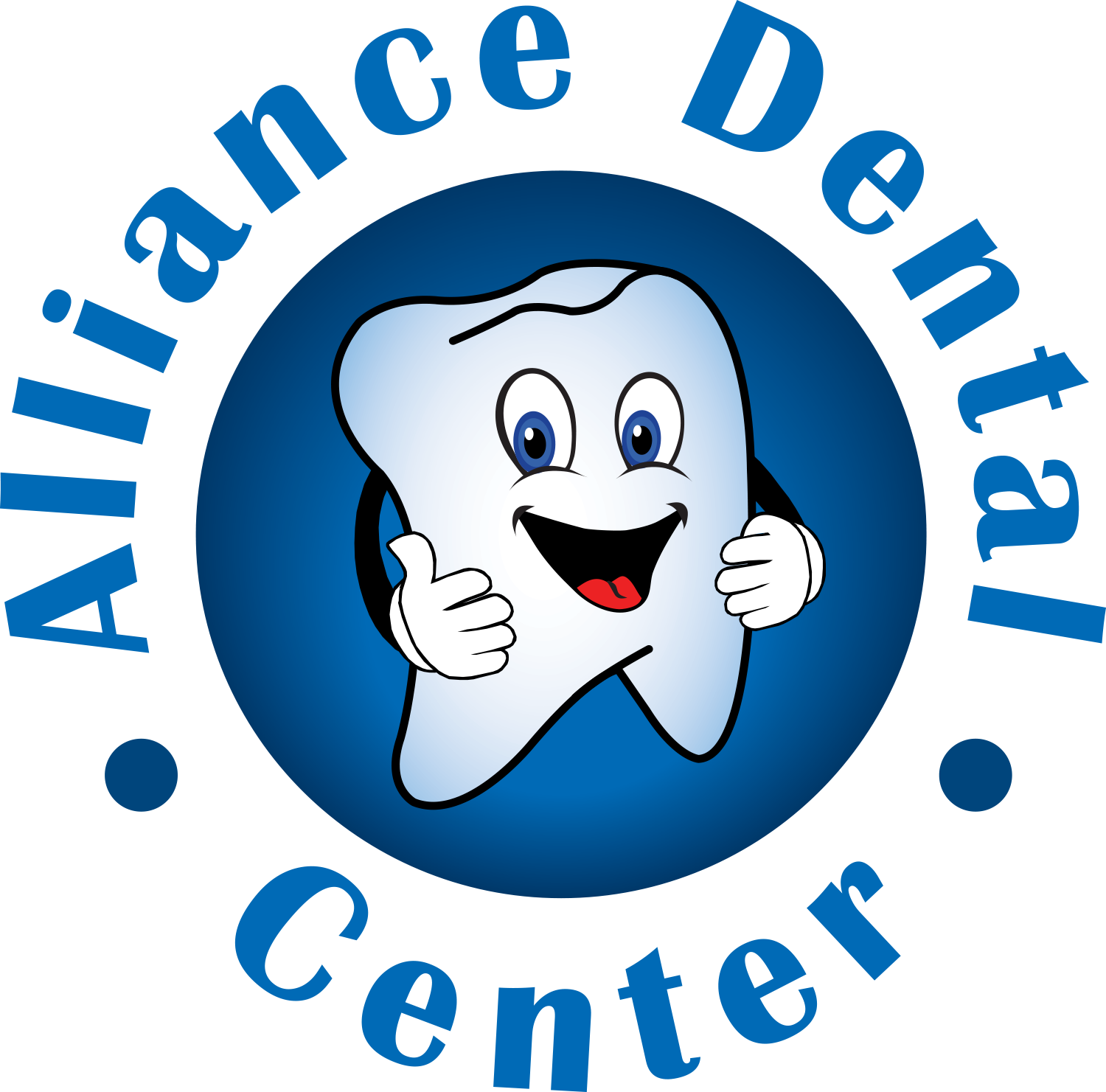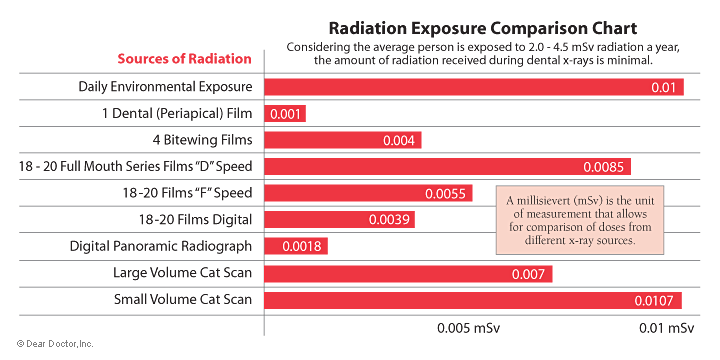Digital Dental X-rays
What is the purpose of dental x-rays?
Dental X-rays help dentists visualize diseases of the teeth and surrounding tissue that cannot be seen with a simple oral exam. In addition, X-rays help the dentist find and treat dental problems early in their development, which can potentially save you money, unnecessary discomfort, and maybe even your life.
What Problems Can Dental X-Rays Detect?
Cysts are not visible to the naked eye, but can be detected via x-ray
In adults, dental X-rays can be used to:
- Show areas of decay that may not be visible with an oral exam, especially small areas of decay between teeth
- Identify decay occurring beneath an existing filling
- Reveal bone loss that accompanies gum disease
- Reveal changes in the bone or in the root canal resulting from infection
- Assist in the preparation of tooth implants, braces, dentures, or other dental procedures
- Reveal an abscess (an infection at the root of a tooth or between the gum and a tooth)
- Reveal other developmental abnormalities, such as cysts and some types of tumors
In children, dental X-rays are used to:
- Watch for decay
- Determine if there is enough space in the mouth to fit all incoming teeth
- Determine if primary teeth are being lost quickly enough to allow permanent teeth to come in properly
- Check for the development of wisdom teeth and identify if the teeth are impacted (unable to emerge through the gums)
How Often Should Teeth Be X-Rayed?
People who fall into the high risk category who may need X-rays taken more frequently include:
Children . Children generally need more X-rays than adults because their teeth and jaws are still developing and because their teeth are smaller. As a result, decay can reach the inner part of the tooth, dentin, quicker and spread faster.
Adults with extensive restorative work, such as fillings to look for decay beneath existing fillings or in new locations.
People who drink a lot of sugary beverages to look for tooth decay (since the sugary environment creates a perfect situation for cavities to develop).
People with periodontal (gum) disease to monitor bone loss.
- People who have dry mouth -- called xerostomia -- whether due to medications (such as antidepressants, anti-anxiety drugs,antihistamines, and others) or disease states (such as Sjögren's syndrome, damaged salivary glands, radiation treatment to head and neck). Dry mouth conditions can lead to the development of cavities.
- Smokers to monitor bone loss resulting from periodontal disease(smokers are at increased risk of periodontal disease).
How Safe Are Dental X-Rays?
Exposure to all sources of radiation (including the sun, minerals in the soil, appliances in your home, and dental X-rays) can damage the body's tissues and cells HOWEVER , the dose of radiation you are exposed to during the taking of dental X-rays is extremely small. The dose of radiation that you are exposed to at our office is even smaller due to the use of digital X-rays.





